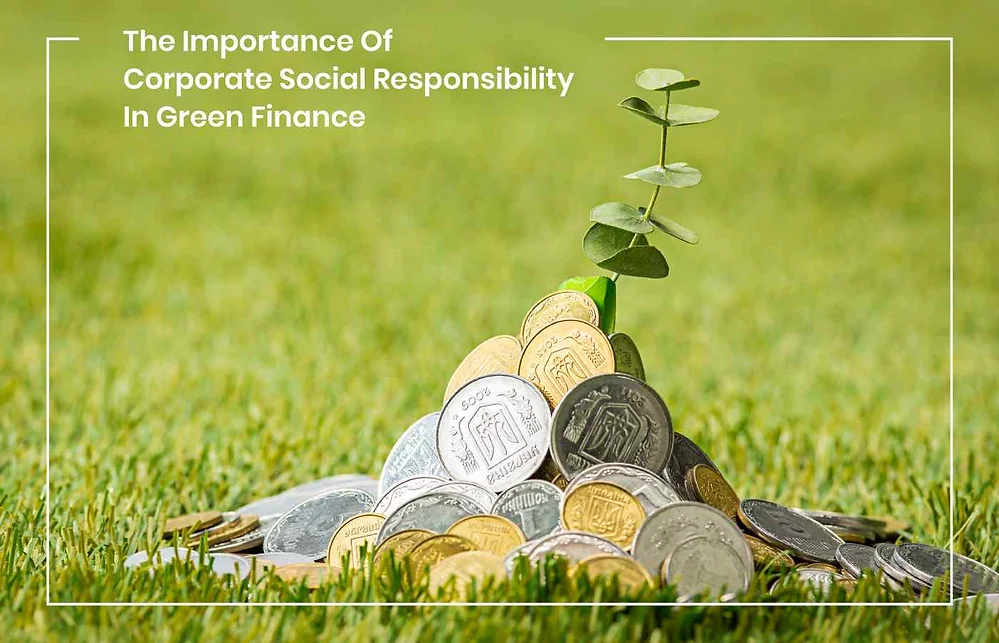As global awareness of environmental issues continues to increase, there is a growing need for sustainable solutions to climate change, resource depletion, and pollution. Green financing is one such solution that has garnered significant traction in recent years.
Green financing refers to raising capital for environmentally beneficial initiatives and investments. This financing instrument has the potential to promote sustainable development and reshape the financial landscape in the direction of a more environmentally conscious future.
Companies prioritizing positive environmental outcomes alongside profit attract green finance provisions, incentives, and offers from various financial institutes. Green finance encompasses financial support, products, and services, including green bonds, sustainable loans, green investment funds, green mortgages, and impact investing.
CSR and Green Finance
Corporate social responsibility (CSR) and green finance are interdependent concepts that promote sustainability and environmental stewardship. A company’s commitment to operating economically, socially, and environmentally responsible is called corporate social responsibility (CSR). By aligning financial practices with environmental objectives, CSR becomes a potent catalyst for positive change when incorporated with green finance.
Let us examine the significance of corporate social responsibility (CSR) in green finance and its impact on nurturing a sustainable future.
CSR has three mutually exclusive components influencing a company’s credibility for green financing: environmental, philanthropic, and financial responsibilities.
Environmental responsibilities
The critical contribution of CSR to green finance lies in the ability to measure and mitigate the environmental impact of commercial activities. Businesses can attract financial institutions, banks, stakeholders, and investors that embrace sustainable operations and CSR.
Adopting sustainable operations driven by CSR is the best way for a company to attract investors. Some of the sustainable operation strategies are as follows.
Lean manufacturing incorporates processes that optimize resource utilization, reduce energy consumption, minimize waste generation, and improve productivity.
Circular economy involves reusing and recycling waste generated, creating a closed loop of resource utilization.
A shared economy allows the deployment of underutilized resources by sharing or renting them.
The renewable energy transition involves shifting from fossil fuels to renewable energy resources like hydro and wind power.
Green supply chain management involves integrating sustainability principles into the entire supply chain process, minimizing emissions and energy consumption.
Philanthropic responsibilities
Financial responsibilities
-
Funding or sponsoring research and development for environment-friendly products
-
Diversification of the workforce by recognizing and recruiting different talents relevant to the business
-
Initiatives to train employees on social awareness and environmental concerns
-
A process that might be more expensive but yield more significant CSR outcomes.
Conclusion
The significance of corporate social responsibility in green finance cannot be overstated. By aligning financial decisions with sustainability goals, businesses, and financial institutions can drive positive change, mitigate risks, enhance stakeholder engagement, and foster innovation. Sustainable operations lie at the heart of CSR in green finance, enabling the integration of environmental stewardship into financial decision-making processes.
Sign up for green financing; we are here for the most reliable assessment of projects across various industries for ESG compliance. Visit us here for more details on what we have to offer.

